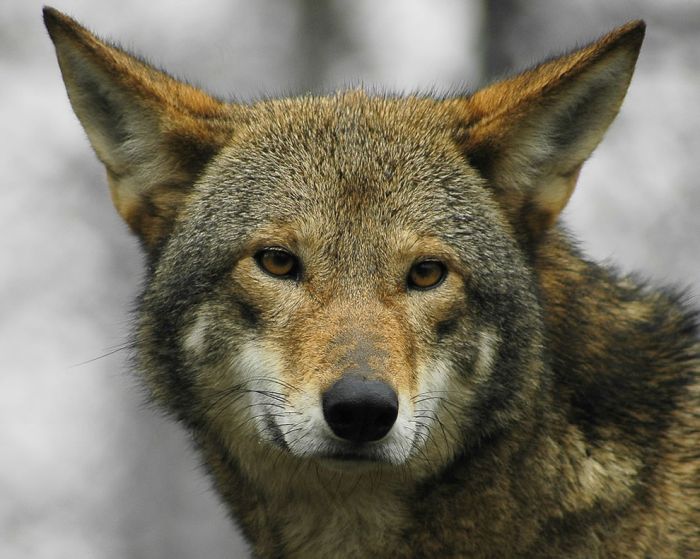|
|
Gray Wolf
|
Relationships with humans
• Folklore and mythology
Wolves appear prominently in the folklore and mythology of human cultures. In Norse and Japanese mythology, wolves were portrayed as almost god-like. In Japan, grain farmers worshiped wolves at shrines and left food offerings near their dens, beseeching them to protect their crops from wild boars and deer, while the wolf Fenrir of Norse mythology was depicted as the son of Loki. Certain cultures portrayed wolves as part of their foundation myths. In Roman mythology, the Capitoline Wolf nurses the future founders of Rome, Romulus and Remus. In the mythology of the Turks, Mongols and Ainu, wolves were believed to be the ancestors of their race, while the Dena’ina believed wolves were once men, and viewed them as brothers. Wolves were linked to the sun in some Eurasian cultures. The Ancient Greeks and Romans associated wolves with the sun god Apollo, while the wolf Sköll in Norse mythology was depicted pursuing the setting sun. Wolves were sometimes associated with witchcraft in both northern European and some Native American cultures. In Norse mythology, the völva (witch) Hyndla and the giantess Hyrrokin are both portrayed as using wolves as mounts. In Navajo culture, wolves were feared as witches in wolf's clothing. Similarly, the Tsilhqot'in believed that contact with wolves could cause mental illness and death. According to the Pawnee creation myth, the wolf was the first animal to experience death. According to the Avesta, wolves are a creation of the evil spirit Ahriman, and are ranked among the most cruel of animals. Wolves are referenced thirteen times in the Bible as symbols of greed and destructiveness.
|
|









